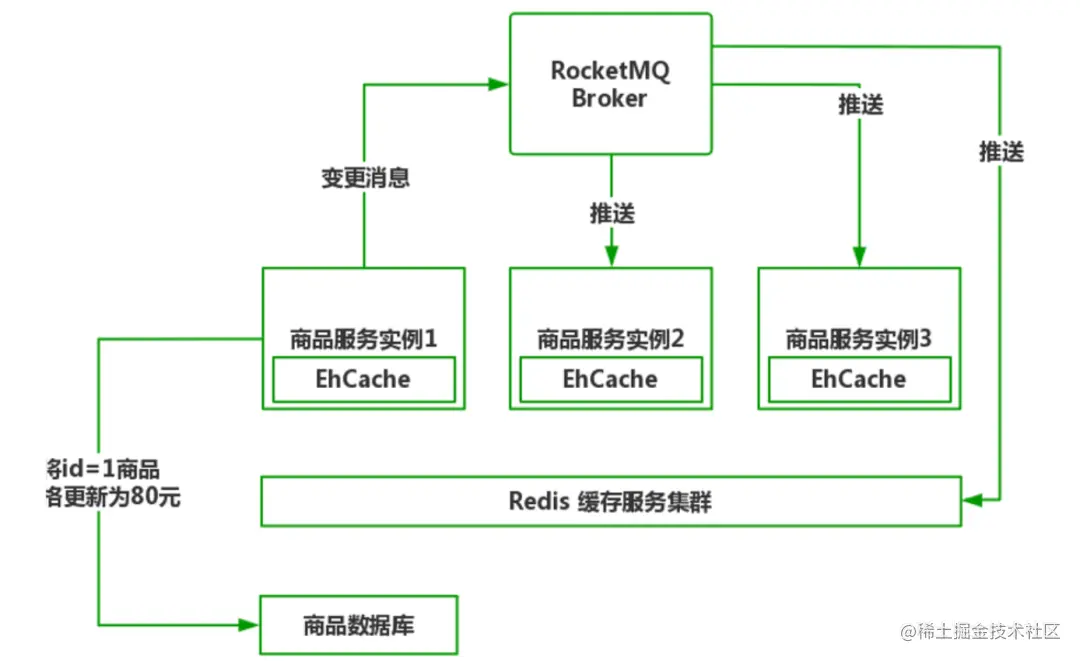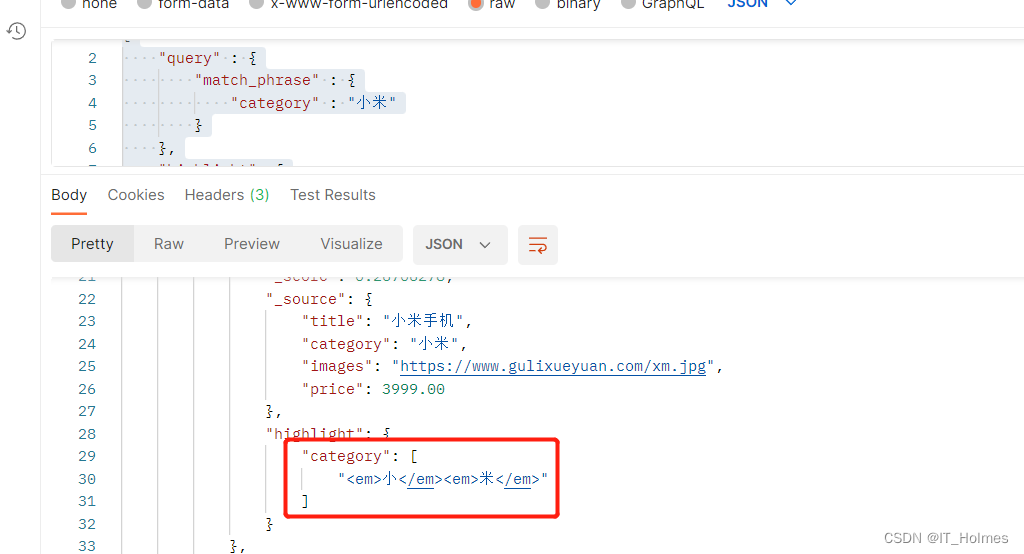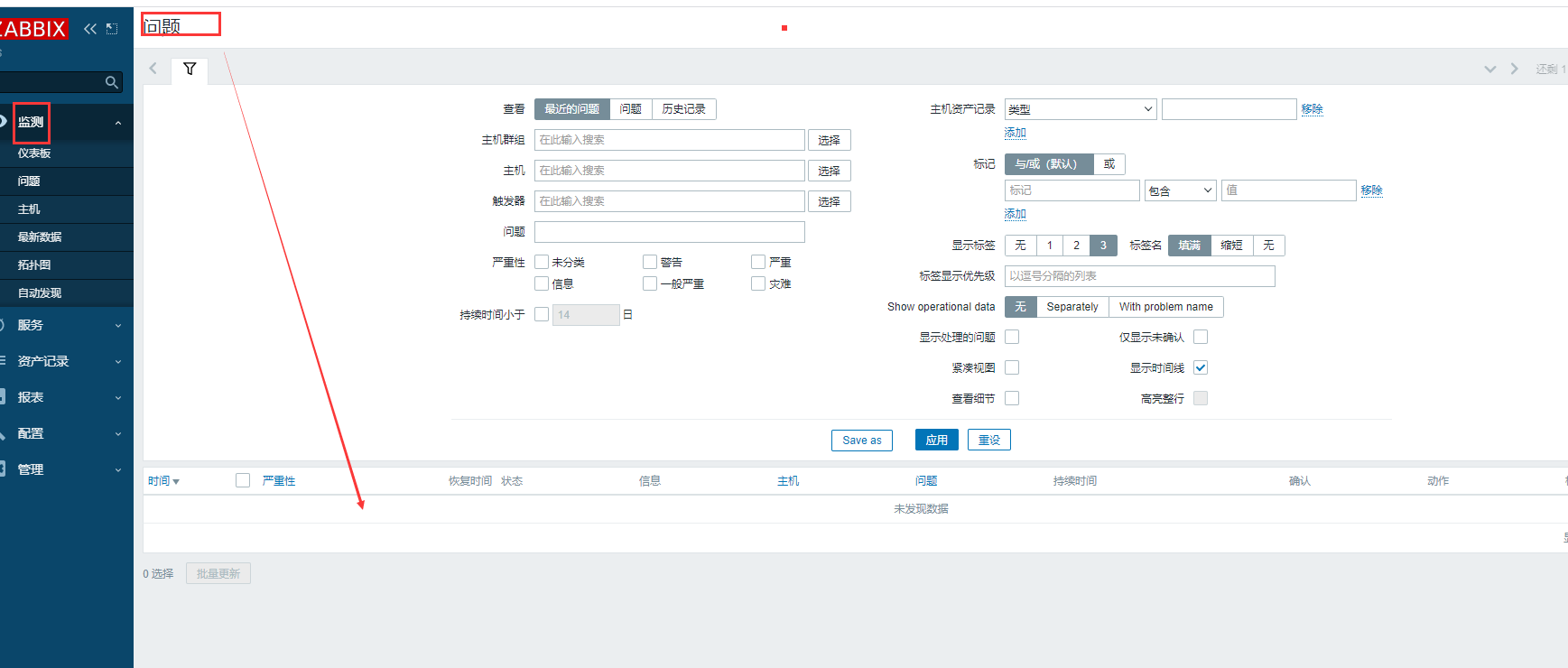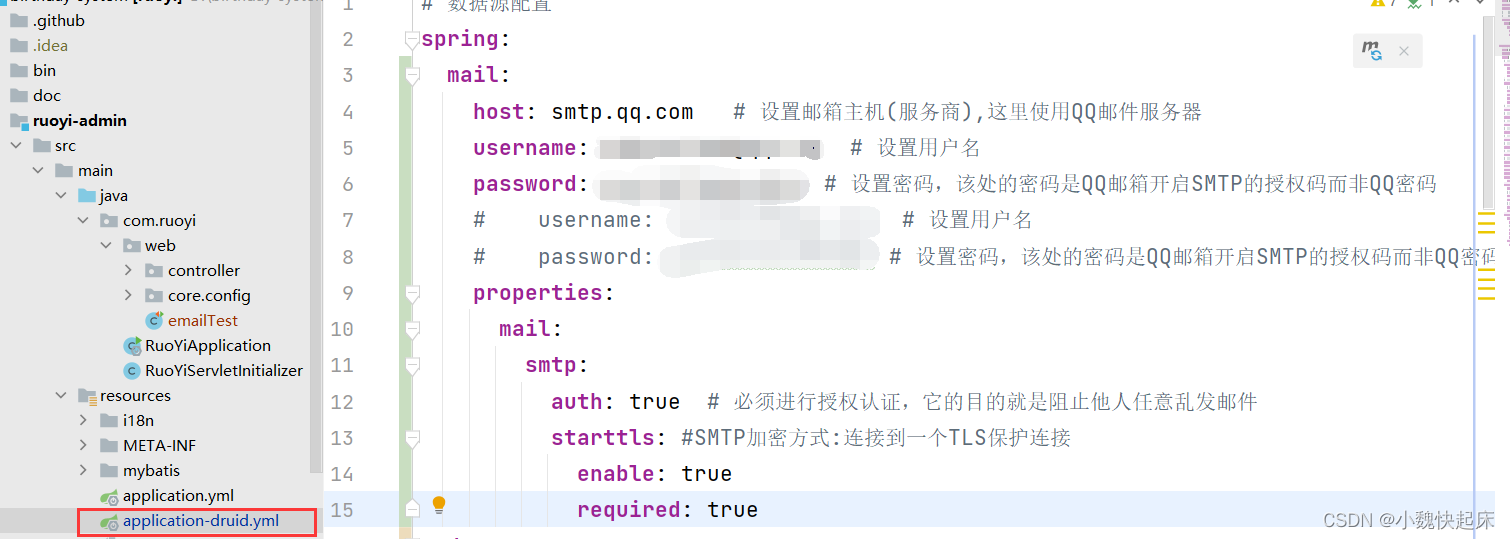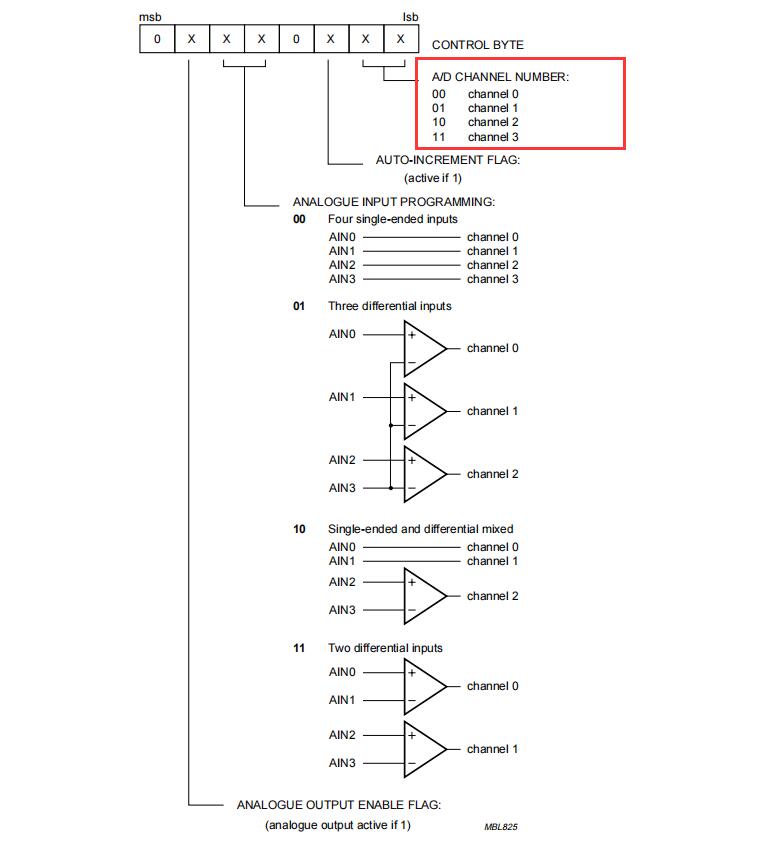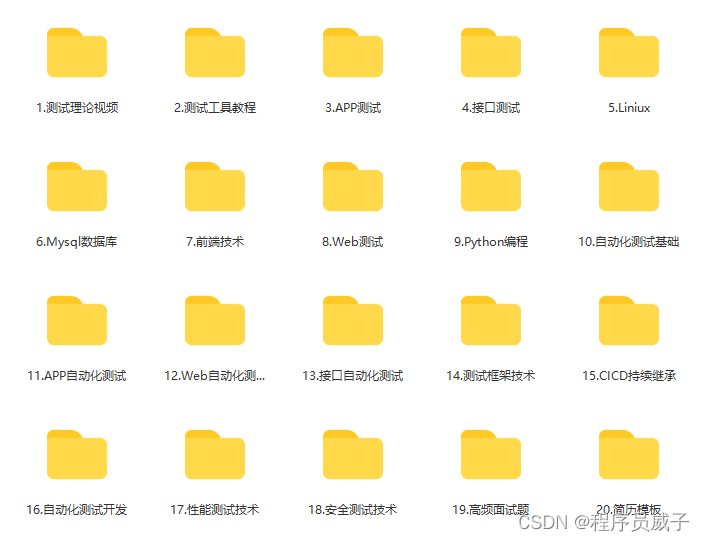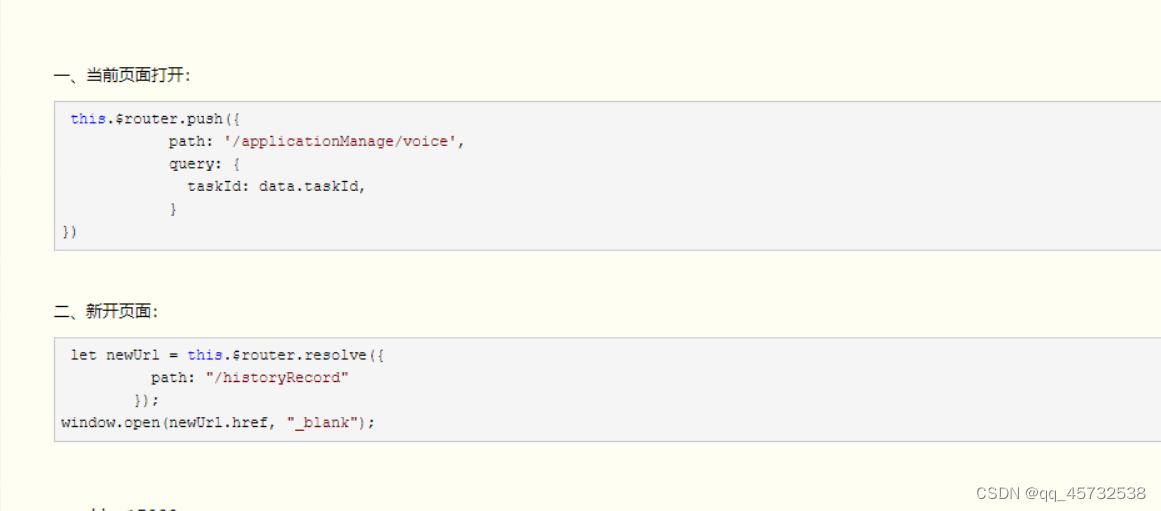1.类的6个默认成员函数
一个类什么都没有不是空类 我们没有写相关函数 但编译器会自动生成6个默认函数
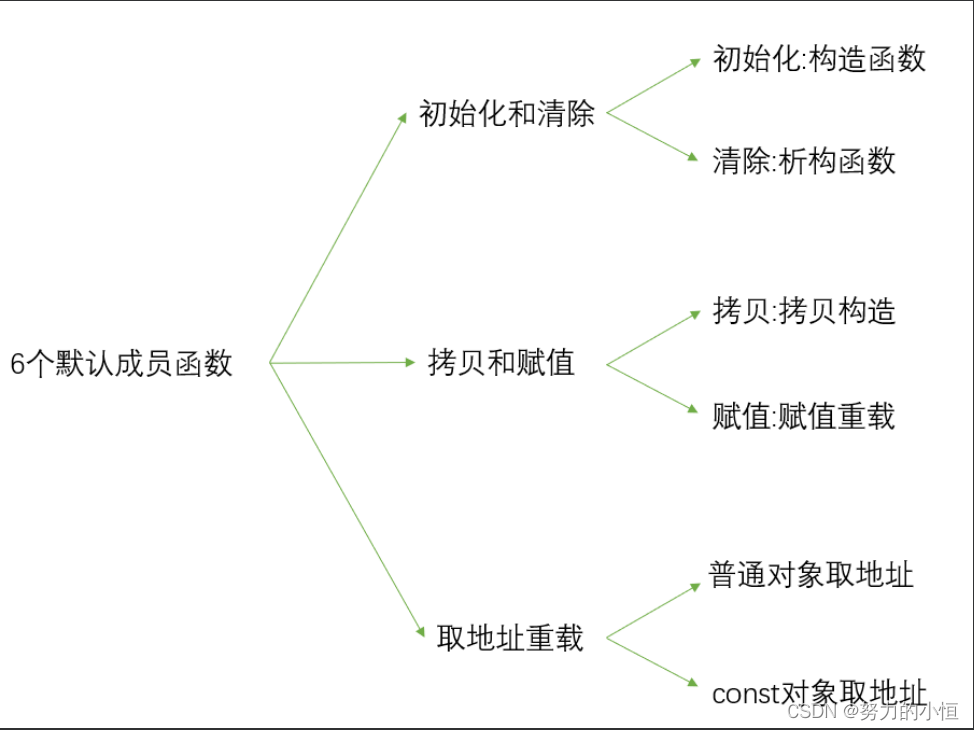
2.构造函数
1°概念
构造函数是一个特殊的成员函数,名字与类名相同,创建类类型对象时由编译器自动调用,保证每个数据成员都有一个合适的初始值,并且在对象的生命周期内只调用一次。
#include <iostream>
using namespace std;
class Date
{
public:
//构造函数->初始化函数
//构造函数->在对象构造时调用的函数 这个函数完成初始化工作
//构造函数可以重载
Date(int year, int month, int day)
{
_year = year;
_month = month;
_day = day;
}
//不想传参 默认初始化
Date()
{
_year = 0;
_month = 1;
_day = 1;
}
void Print()
{
cout << _year << "/" << _month << "/" << _day << endl;
}
private:
int _year;
int _month;
int _day;
};
int main()
{
//对象实例化时自动调用
Date d1(2023,2,10);//有参
d1.Print();
Date d2;//无参 不能加括号
d2.Print();
return 0;
}
这样写有参和无参就很傻 能不能合并?
可以 利用缺省函数 当你不传参就可以用缺省值进行初始化
Date(int year = 0, int month = 1, int day = 1)
{
_year = year;
_month = month;
_day = day;
}
2°特性
构造函数是特殊的成员函数,需要注意的是,构造函数的虽然名称叫构造,但是需要注意的是构造函数的主要任务并不是开空间创建对象,而是初始化对象。
- 函数名与类名相同。
- 无返回值。
- 对象实例化时编译器自动调用对应的构造函数。
- 构造函数可以重载。(无参和带参)
- 如果类中没有显式定义构造函数,则C++编译器会自动生成一个无参的默认构造函数,一旦用户显式定义编译器将不再生成。
调用默认构造函数:1.无参 2.全缺省 3.编译器自动生成的
特点:不用传参 三个只能有一个
无参初始化和全缺省不能同时存在 调用时会有歧义
-
无参的构造函数和全缺省的构造函数都称为默认构造函数,并且默认构造函数只能有一个。注意:无参构造函数、全缺省构造函数、我们没写编译器默认生成的构造函数,都可以认为是默认成员函数。
-
成员变量的命名风格 有_ 初始化时year = year就很傻 需要区分
我们会自己实现构造函数 那么编译器的构造函数是不是没有用?
有用 存在即合理
#include <iostream>
using namespace std;
class Time
{
public:
Time()
{
_hour = 0;
_minute = 0;
_second = 0;
cout << "Time()" << endl;
}
private:
int _hour;
int _minute;
int _second;
};
class Date
{
public:
//Date(int year, int month, int day)
//{
// _year = year;
// _month = month;
// _day = day;
//}
//Date()
//{
// _year = 0;
// _month = 1;
// _day = 1;
//}
void Print()
{
cout << _year << "/" << _month << "/" << _day << endl;
}
private:
int _year;
int _month;
int _day;
Time _t;
};
int main()
{
Date d1;//调用编译器自动生成的
d1.Print();//随机值 并不是什么都没有干
//1°针对内置类型的成员变量没有做处理
//2°针对自定义类型的成员变量 调用它的构造函数初始化/析构
//自己定义了一个初始化的 编译器不会再帮你定义
//比如定义了一个要传参的 不传参的也要自己定义
return 0;
}
3.析构函数
1°概念
析构函数:与构造函数功能相反,析构函数不是完成对象的销毁,局部对象销毁工作是由编译器完成的。而对象在销毁时会自动调用析构函数,完成类的一些资源清理工作。
2°特性
- 析构函数名是在类名前加上字符 ~
- 无参数无返回值。
- 一个类有且只有一个析构函数。若未显式定义,系统会自动生成默认的析构函数。
- 对象生命周期结束时,C++编译系统系统自动调用析构函数。
- 编译器生成的默认析构函数,对会自定类型成员调用它的析构函数。
#include <iostream>
using namespace std;
class Date
{
public:
Date(int year = 0, int month = 1, int day = 1)
{
_year = year;
_month = month;
_day = day;
cout << "Date()" << endl;
}
void Print()
{
cout << _year << "/" << _month << "/" << _day << endl;
}
//~析构
~Date()
{
cout << "~Date()" << endl;
}
private:
int _year;
int _month;
int _day;
};
class Stack
{
public:
Stack(int n = 10)
{
_a = (int*)malloc(sizeof(int) * n);
_size = 0;
_capacity = n;
cout << "Stack()" << endl;
}
//清理动态开辟空间
~Stack()
{
free(_a);
_a = nullptr;
_size = 0;
_capacity = 0;
cout << "free:_a" << endl;
}
private:
int* _a;
int _size;
int _capacity;
};
int main()
{
//析构:对象生命周期到了以后 自动调用 完成对象的资源清理工作 不是完成d1和d2的销毁
Date d1;
Date d2;
Stack s1;
Stack s2;
//析构是倒着析构的 后进去的先析构
return 0;
}
4.拷贝构造函数
1°概念
构造函数:只有单个形参,该形参是对本类类型对象的引用(一般常用const修饰),在用已存在的类类型对象创建新对象时由编译器自动调用。
2°特征
- 拷贝构造函数是构造函数的一个重载形式。
- 拷贝构造函数的参数只有一个且必须使用引用传参,使用传值方式会引发无穷递归调用。(传参的过程是一个赋值过程 传值的话会再次调用构造函数)
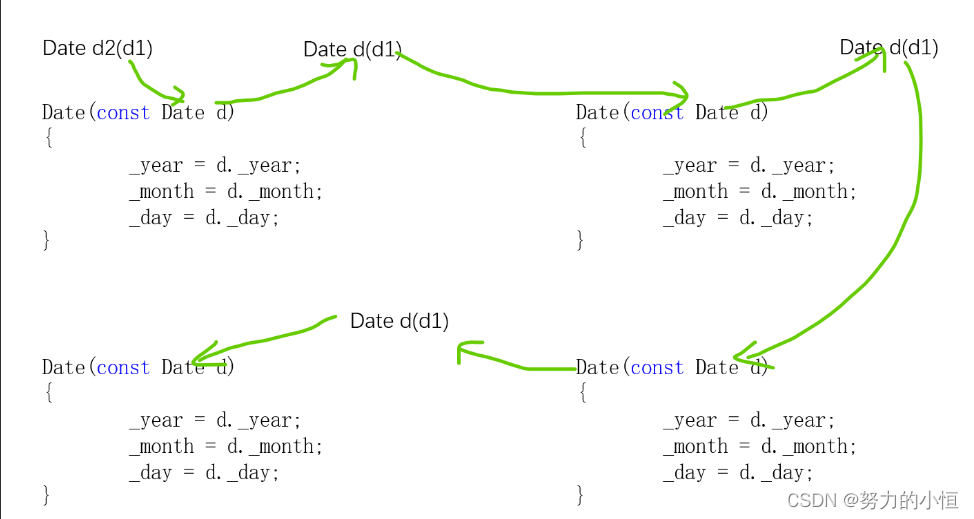
- 若未显示定义,系统生成默认的拷贝构造函数。 默认的拷贝构造函数对象按内存存储按字节序完成拷贝,这种拷贝我们叫做浅拷贝,或者值拷贝。
- 既然有了默认生成的拷贝函数 那么我们还需要自己实现拷贝构造函数吗? 需要 有的地方需要深拷贝
#include <iostream>
using namespace std;
class Date
{
public:
//构造函数
Date(int year = 0, int month = 1, int day = 1)
{
_year = year;
_month = month;
_day = day;
}
//Date d2(d1) 拷贝构造函数
//Date(Date d) 无穷递归(画图)
//调用的时候调用的是拷贝构造
//调用的过程中先传参
//传参的过程是一个初始化过程 赋值
//赋值完后又再次进行拷贝构造
//没有引用
//Date d = d1;(然后再次进行拷贝构造)
//引用解决这个问题
//Date& d = d1;
//d是d1的别名
Date(const Date& d)//const可保护 不可改变原来的d1
{
_year = d._year;
_month = d._month;
_day = d._day;
}
void Print()
{
cout << _year << "-" << _month << "-" << _day << endl;
}
private:
int _year;
int _month;
int _day;
};
int main()
{
Date d1(2023,2,10);
Date d2(d1);//拷贝构造
d1.Print();
d2.Print();
return 0;
}
5.赋值运算符重载
1°运算符重载
C++为了增强代码的可读性引入了运算符重载,运算符重载是具有特殊函数名的函数,也具有其返回值类型,函数名字以及参数列表,其返回值类型与参数列表与普通的函数类似。
函数名字为:关键字operator后面接需要重载的运算符符号。
函数原型:返回值类型 operator操作符(参数列表)
注意:
- 不能通过连接其他符号来创建新的操作符:比如operator@
- 重载操作符必须有一个类类型或者枚举类型的操作数
- 用于内置类型的操作符,其含义不能改变,例如:内置的整型+,不 能改变其含义
- 作为类成员的重载函数时,其形参看起来比操作数数目少1成员函数的操作符有一个默认的形参this,限定为第一个形参
- .* 、:: 、sizeof 、?: 、. 注意以上5个运算符不能重载。这个经常在笔试选择题中出现。
编译器会自己做一些事
比如说实现了operator==这个功能 最后调用函数的时候
直接d1 == d2;判断即可 编译器会转化成operator(d1,d2);
#include <iostream>
using namespace std;
class Date
{
public:
Date(int year = 0, int month = 1, int day = 1)
{
_year = year;
_month = month;
_day = day;
}
Date(const Date& d)
{
_year = d._year;
_month = d._month;
_day = d._day;
}
void Print()
{
cout << _year << "-" << _month << "-" << _day << endl;
}
//private:
int _year;
int _month;
int _day;
};
//运算符有几个操作数:operator重载的函数就有几个参数
bool operator==(const Date& d1, const Date& d2)
{
//这里需要去掉private
return d1._year == d2._year
&& d1._month == d2._month
&& d1._day == d2._day;you
}
//自定义类型是不能用运算符的 要用就实现重载函数
//自定义类型用的时候等价于调用这个重载函数
int main()
{
Date d1(2023, 2, 10);
Date d2(2023, 2, 11);
//比如Date的对象想比较大小相等
//自定义类型 还是要自己来比
//运算符函数重载
d1 == d2;//编译如何调用->这里编译器会转换成opeartopr==(d1,d2); 就是一个函数调用
//operator==(d1, d2);//可读性差
//这两个是一样的
return 0;
}
如何不去掉private并且实现功能?
写一个成员函数 注意有一个隐含的this指针 所以参数只用写一个
外面可以访问public 里面public可以访问private
解决在外面访问不了private的问题
写:bool operator==(const Date& d)
隐含:bool operator==(Date*this,const Date& d)
写:d1 == d2;//d1给到this指针 d2给到别名d进行判断
隐含:d1.opertor==(&d1,d2);
真正:operator==(d2)
#include <iostream>
using namespace std;
class Date
{
public:
Date(int year = 0, int month = 1, int day = 1)
{
_year = year;
_month = month;
_day = day;
}
Date(const Date& d)
{
_year = d._year;
_month = d._month;
_day = d._day;
}
void Print()
{
cout << _year << "-" << _month << "-" << _day << endl;
}
//d1 == d2;
//隐含:d1.operator==(&d1,d2);
//&d1就是this指针 d2给到别名d
//真正写:operator==(d2);
bool operator==(const Date& d)//(Date* this,const Date& d)
{
//这里需要去掉private
return _year == d._year
&& _month == d._month
&& _day == d._day;
}
//d1 > d2
bool operator>(const Date& d)
{
if (_year > d._year)
return true;
else if (_year == d._year && _month > d._month)
return true;
else if (_year == d._year && _month == d._month && _day > d._day)
return true;
else
return false;
}
private:
int _year;
int _month;
int _day;
};
int main()
{
Date d1(2023, 2, 10);
Date d2(2023, 2, 11);
cout << (d1 == d2) << endl;
cout << (d1 > d2) << endl;
return 0;
}
2°赋值运算符重载
class Date
{
public:
Date(int year = 1900, int month = 1, int day = 1)
{
_year = year;
_month = month;
_day = day;
}
Date (const Date& d)
{
_year = d._year;
_month = d._month;
_day = d._day;
}
Date& operator=(const Date& d)
{
if(this != &d)
{
_year = d._year;
_month = d._month;
_day = d._day;
}
}
private:
int _year;
int _month;
int _day;
};
- 参数类型
- 返回值
- 检测是否自己给自己赋值
- 返回*this
- 一个类如果没有显式定义赋值运算符重载,编译器也会生成一个,完成对象按字节序的值拷贝。
和拷贝构造一样 编译器默认生成的都是值拷贝 有时候需要深拷贝 我们还是要自己实现
6.浅拷贝vs深拷贝
我们如果没有实现默认函数
编译器会默认生成相关函数
-
编译器生成的默认构造函数和析构函数
针对成员变量:内置类型就不处理 自定义类型会调这个成员的构造和析构
-
编译器生成拷贝构造和operator= 会完成按字节的值拷贝(浅拷贝)
浅拷贝:将对象按一个一个字节拷贝过去 也就是说有些类
我们是不需要去实现拷贝构造和operate=的 因为编译器默认生成的就够用
所以 我们写拷贝构造的意义是什么?
下面程序会崩溃 原因是什么?
#include <iostream>
using namespace std;
class Stack
{
public:
//构造
Stack(int n = 10)
{
_a = (int*)malloc(sizeof(int) * n);
_size = 0;
_capacity = n;
cout << "Stack()" << endl;
}
//析构
~Stack()
{
if (_a != nullptr)//还是会崩溃 制空的时st2这个指针 还是会找到st1
{
free(_a);
_a = nullptr;
_size = 0;
_capacity = 0;
cout << "free:_a" << endl;
}
}
private:
int* _a;
int _size;
int _capacity;
};
int main()
{
Stack st1(10);
Stack st2(st1);//拷贝构造
Stack st3(30);//构造
st1 = st3;//赋值 operator=
//浅拷贝问题
//当赋值和拷贝构造的时候 指针赋给指针 此时两个指针指向同一块空间
//出作用域后开始析构
//st2析构 free(st2._a) st1析构 free(st1._a) 再次释放同一块空间 崩溃
//崩溃原因:同一块空间释放两次
//如果不写析构 内存泄漏
//解决:深拷贝 值拷贝过来并且指向一块新的空间
}

浅:p1 p2指向同一块空间 当调用析构函数的时候导致多次释放空间
深:多次释放空间也不会受影响 两块空间不同
所以我们有时候要自己实现拷贝构造或者operator=
7.const成员
将const修饰的类成员函数称之为const成员函数,const修饰类成员函数,实际修饰该成员函数隐含的this指针,表明在该成员函数中不能对类的任何成员进行修改。

- const对象可以调用非const成员函数吗?
- 非const对象可以调用const成员函数吗?
- const成员函数内可以调用其它的非const成员函数吗?
- 非const成员函数内可以调用其它的const成员函数吗?
1:可以 2:不可以 3:可以 4:不可以
const->const 不能放大权限
非const->非const/const
- const Date* p1
- Date const* p2
- Date* const p3
三者const修饰的分别是什么
1和2的const修饰指针指向的对象
3的const修饰的是指针本身
看const后面是什么即可
- const该如何使用呢?
当this指向的内容在函数里面不再修改 就可以加上const
8.取地址和const取地址操作符重载
#include <iostream>
using namespace std;
class Date
{
public:
Date(int year = 0, int month = 1, int day = 1)
{
_year = year;
_month = month;
_day = day;
}
void Print() const
{
cout << _year << "-" << _month << "-" << _day << endl;
}
//&重载
Date* operator&()
{
cout << "operator&()" << endl;
return this;
}
//const&
const Date* operator&() const //最前面const保持类型一样才能返回
{
cout << "operator&() const" << endl;
return this;
}
private:
int _year;
int _month;
int _day;
};
int main()
{
Date d1;
Date d2;
const Date d3;
//取地址默认可以用 自己写也可以
cout << &d1 << endl;
cout << &d2 << endl;
cout << &d3 << endl;//放大了 const到非const
//实际上不用写 编译器默认写
//返回空可以写
return 0;
}
这两个运算符一般不需要重载,使用编译器生成的默认取地址的重载即可,只有特殊情况,才需要重载,比如想让别人获取到指定的内容
9.实现一个完整的日期类
声明和定义分开
Date.h
#include <iostream>
using namespace std;
class Date
{
public:
//得到每个月的天数(自己写)
int GetMonthDay(int year, int month) const;
//构造(有默认的)
Date(int year = 0, int month = 1, int day = 1);
//拷贝构造(有默认的)
Date(const Date& d);
//赋值重载(有默认的)
Date& operator=(const Date& d);
//运算操作符重载(自己写)
bool operator<(const Date& d) const;
bool operator==(const Date& d) const;
bool operator<=(const Date& d) const;
bool operator>(const Date& d) const;
bool operator>=(const Date& d) const;
bool operator!=(const Date& d) const;
Date& operator+=(int day);
Date operator+(int day) const;
Date& operator-=(int day);
Date operator-(int day) const;
Date& operator++();
Date operator++(int);
Date& operator--();
Date operator--(int);
//日期-日期(自己写)
int operator-(const Date& d) const;
//打印(自己写)
void Print() const;
private:
int _year;
int _month;
int _day;
};
1°GetMonthDay
int Date::GetMonthDay(int year, int month) const
{
static int monthDays[13] = { 0,31,28,31,30,31,30,31,31,30,31,30,31 };
if (month == 2 && (year % 4 == 0 && year % 100 != 0) || year % 400 == 0)
{
return 29;
}
return monthDays[month];
}
利用数组来获取
2°构造函数
Date::Date(int year, int month, int day) //缺省参数声明给了就行
{
if (year >= 0
&& month >= 1 && month <= 12
&& day >= 1 && day <= GetMonthDay(year, month))
{
_year = year;
_month = month;
_day = day;
}
else
{
cout << "非法日期" << endl;
}
}
要在范围内初始化
3°拷贝构造
Date::Date(const Date& d)
{
_year = d._year;
_month = d._month;
_day = d._day;
}
this指针不能加const 对应的年月日会被修改
4°operator=
Date& Date::operator=(const Date& d)
{
if (this != &d)
{
_year = d._year;
_month = d._month;
_day = d._day;
}
return *this;
}
引用返回 提高效率 加一个判断条件 防止自己给自己赋值
5°operator<
bool Date::operator<(const Date& d) const
{
if (_year < d._year)
return true;
else if (_year == d._year && _month < d._month)
return true;
else if (_year == d._year && _month == d._month && _day < d._day)
return true;
else
return false;
}
年小就是小
年等就比月 月小就是小
年等月等就比天 天小就是小
6°operator==
bool Date::operator==(const Date& d) const
{
return _year == d._year && _month == d._month && _day == d._day;
}7°operator<=
bool Date::operator<=(const Date& d) const
{
return *this < d || *this == d;
}
小于等于->小于或者等于->复用已经实现的<和==
注意是看*this this指向的年月日
8°operator>
bool Date::operator>(const Date& d) const
{
return !(*this <= d);
}
复用<= 加上取反
9°operator!=
bool Date::operator!=(const Date& d) const
{
return !(*this == d);
}
复用== 加上取反
10°operator+=
Date& Date::operator+=(int day)
{
if (day < 0)
{
return *this -= -day;
}
_day += day;
while (_day > GetMonthDay(_year, _month))
{
_day -= GetMonthDay(_year, _month);
++_month;
if (_month == 13)
{
++_year;
_month = 1;
}
}
return *this;
}
先加天 再减去本月的天 月++ 如果月==13 那就年++ 然后月变为1
循环条件是天数>本月的天数
11°operator+
Date Date::operator+(int day) const
{
Date ret(*this);
ret += day;
return ret;
}
+和+=/-和-=的区别:
+/-是在d1上加减 但d1不变 需要中间变量
+=/-=直接在d1上加减
拷贝构造给ret+直接复用
12°operator-=
Date& Date::operator-=(int day)
{
if (day < 0)
{
return *this += -day;
}
_day -= day;
while (_day < 0)
{
--_month;
if (_month == 0)
{
--_year;
_month = 12;
}
_day += GetMonthDay(_year, _month);
}
return *this;
}
先减天 天如果小于0 就月-- 如果月==0 就减年 再加上这个月的天数
循环条件就是天<0
13°operator-
Date Date::operator-(int day) const
{
Date ret(*this);
ret -= day;
return ret;
}
复用即可
注意operator+和operator-都不能引用返回
本身ret这个变量在栈上 出了这个函数就销毁了 不能再使用这块空间
14°opeartor++
Date& Date::operator++()//前置++
{
*this += 1;
return *this;
}
Date Date::operator++(int)//后置++
{
Date tmp(*this);
*this += 1;
return tmp;
}
后置加一个int参数 区分前置++和后置++
15°operator--
Date& Date::operator--()
{
*this -= 1;
return *this;
}
Date Date::operator--(int)
{
Date tmp = *this;
*this -= 1;
return tmp;
}
16°日期-日期
看成小的日期不断++并计数
int Date::operator-(const Date& d) const//const Date* this
{
int flag = 1;
Date max = *this;
Date min = d;
if (*this < d)//这里小于开始调不动 const <那里是非const
{
max = d;
min = *this;
flag = -1;
}
int n = 0;
while (min != max)
{
++min;
++n;
}
return n * flag;
}
17°打印
void Date::Print() const
{
cout << _year << "-" << _month << "-" << _day << endl;
}
18°const添加情况
结论:什么时候会给成员函数加const-> 只要成员函数中不需要改变成员变量最好都加上const 好处:const对象和非const对象都可以调用 加在参数后面的const修饰的是隐含的*this
10.日期类代码
Date.h
#include <iostream>
using namespace std;
class Date
{
public:
//得到每个月的天数(自己写)
int GetMonthDay(int year, int month) const;
//构造(有默认的)
Date(int year = 0, int month = 1, int day = 1);
//拷贝构造(有默认的)
Date(const Date& d);
//赋值重载(有默认的)
Date& operator=(const Date& d);
//运算操作符重载(自己写)
bool operator<(const Date& d) const;
bool operator==(const Date& d) const;
bool operator<=(const Date& d) const;
bool operator>(const Date& d) const;
bool operator>=(const Date& d) const;
bool operator!=(const Date& d) const;
Date& operator+=(int day);
Date operator+(int day) const;
Date& operator-=(int day);
Date operator-(int day) const;
Date& operator++();
Date operator++(int);
Date& operator--();
Date operator--(int);
//日期-日期(自己写)
int operator-(const Date& d) const;
//打印(自己写)
void Print() const;
private:
int _year;
int _month;
int _day;
};
Date.cpp
#define _CRT_SECURE_NO_WARNINGS 1
#include "Date.h"
//加一个Date::类
int Date::GetMonthDay(int year, int month) const
{
static int monthDays[13] = { 0,31,28,31,30,31,30,31,31,30,31,30,31 };
if (month == 2 && (year % 4 == 0 && year % 100 != 0) || year % 400 == 0)
{
return 29;
}
return monthDays[month];
}
Date::Date(int year, int month, int day) //缺省参数声明给了就行
{
if (year >= 0
&& month >= 1 && month <= 12
&& day >= 1 && day <= GetMonthDay(year, month))
{
_year = year;
_month = month;
_day = day;
}
else
{
cout << "非法日期" << endl;
}
}
Date::Date(const Date& d)
{
_year = d._year;
_month = d._month;
_day = d._day;
}
bool Date::operator<(const Date& d) const//*this不修改
{
if (_year < d._year)
return true;
else if (_year == d._year && _month < d._month)
return true;
else if (_year == d._year && _month == d._month && _day < d._day)
return true;
else
return false;
}
Date& Date::operator=(const Date& d)
{
if (this != &d)//防止自己给自己赋值
{
_year = d._year;
_month = d._month;
_day = d._day;
}
return *this;//返回的是对应的年月日 *this
}
bool Date::operator==(const Date& d) const
{
return _year == d._year && _month == d._month && _day == d._day;
}
bool Date::operator<=(const Date& d) const
{
return *this < d || *this == d;
}
bool Date::operator>(const Date& d) const
{
return !(*this <= d);
}
bool Date::operator>=(const Date& d) const
{
return !(*this < d);
}
bool Date::operator!=(const Date& d) const
{
return !(*this == d);
}
Date& Date::operator+=(int day)
{
if (day < 0)
{
return *this -= -day;
}
_day += day;
while (_day > GetMonthDay(_year, _month))
{
_day -= GetMonthDay(_year, _month);
++_month;
if (_month == 13)
{
++_year;
_month = 1;
}
}
return *this;
}
Date Date::operator+(int day) const
{
Date ret(*this);
ret += day;
return ret;
}
Date& Date::operator-=(int day)
{
if (day < 0)
{
return *this += -day;
}
_day -= day;
while (_day < 0)
{
--_month;
if (_month == 0)
{
--_year;
_month = 12;
}
_day += GetMonthDay(_year, _month);
}
return *this;
}
Date Date::operator-(int day) const
{
Date ret(*this);
ret -= day;
return ret;
}
Date& Date::operator++()
{
*this += 1;
return *this;
}
Date Date::operator++(int)
{
Date tmp(*this);
*this += 1;
return tmp;
}
Date& Date::operator--()
{
*this -= 1;
return *this;
}
Date Date::operator--(int)
{
Date tmp = *this;
*this -= 1;
return tmp;
}
int Date::operator-(const Date& d) const//const Date* this
{
int flag = 1;
Date max = *this;
Date min = d;
if (*this < d)//这里小于开始调不动 const <那里是非const
{
max = d;
min = *this;
flag = -1;
}
int n = 0;
while (min != max)
{
++min;
++n;
}
return n * flag;
}
void Date::Print() const
{
cout << _year << "-" << _month << "-" << _day << endl;
}
Test.cpp
#include "Date.h"
int main()
{
Date d1(2022, 2, 20);
d1.Print();
Date d2(2023, 2, 10);
d2.Print();
Date d3(2023, 4, 20);
//只要实现一个<=或者>= 其他就可以进行复用
cout << (d1 < d2) << endl;
cout << (d1 > d2) << endl;
cout << (d1 == d2) << endl;
cout << (d1 != d2) << endl;
cout << (d1 <= d2) << endl;
cout << (d1 >= d2) << endl;
//+
Date d4 = d1 + 1000;
d4.Print();
//+=
d2 += 1000;
d2.Print();
//=
d3 = d1;//这是operator= d3已经存在 赋值操作
d3.Print();
//-
Date d5 = d1 - 10;
d5.Print();
//-=
Date d6(d1);
d6 -= 10;
d6.Print();
//++
Date d7= ++d1;
d7.Print();
Date d8= d1++;
d8.Print();
d1.Print();
//--
Date d9 = --d1;
Date d10 = d1--;
d9.Print();
d10.Print();
d1.Print();
//日期-日期
d1.Print();
d2.Print();
cout << d1 - d2 << endl;
cout << d2 - d1 << endl;
return 0;
}
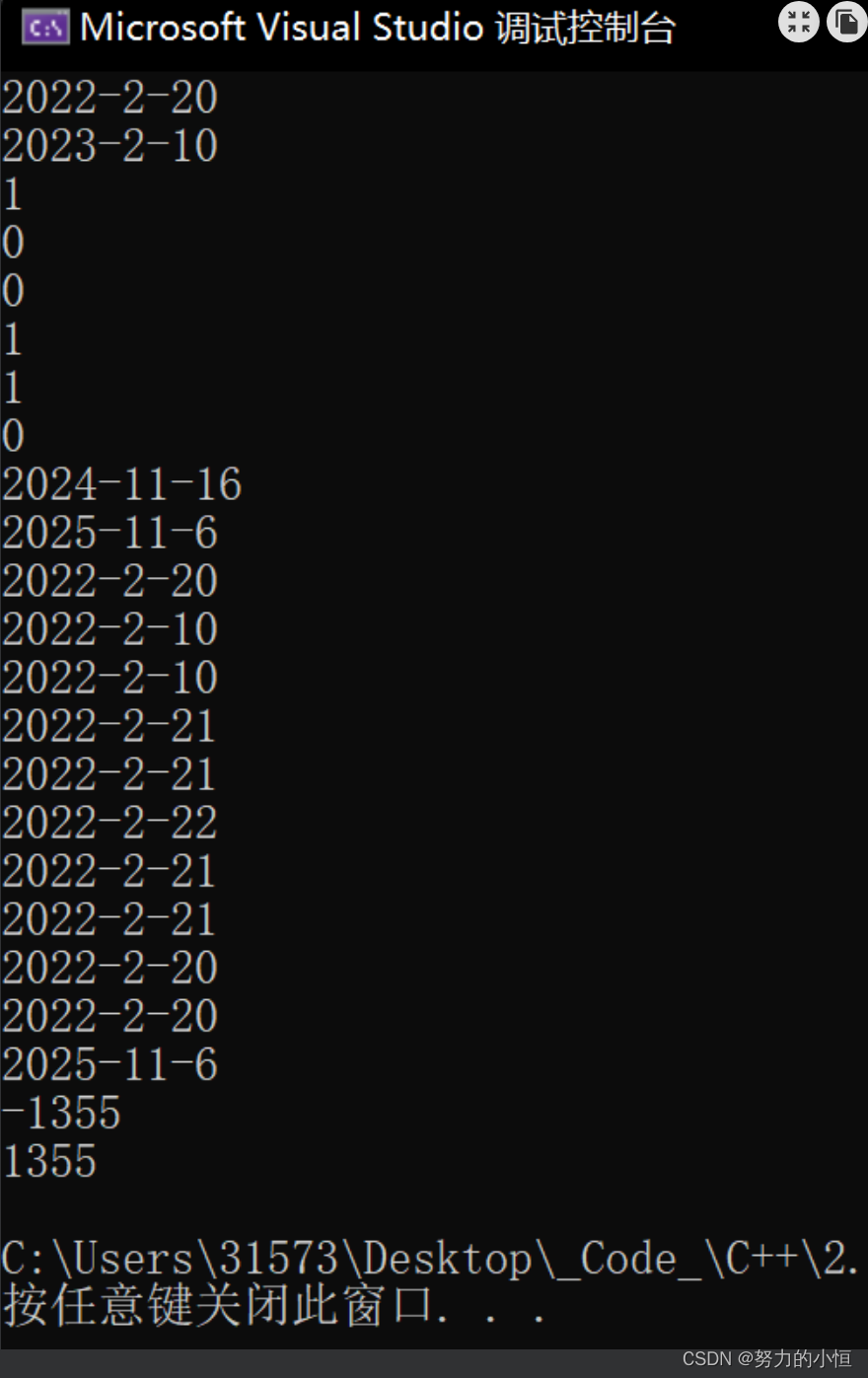
【C++】3.类和对象(中) 完
